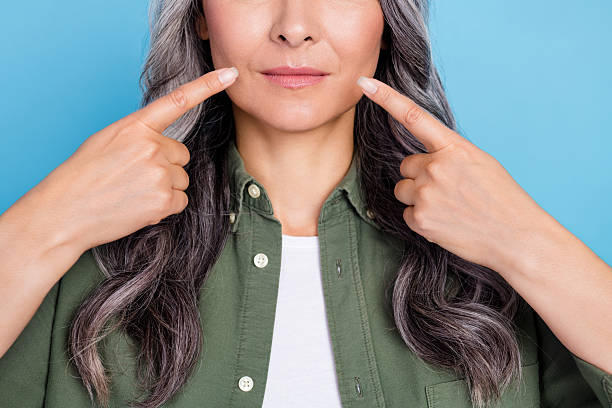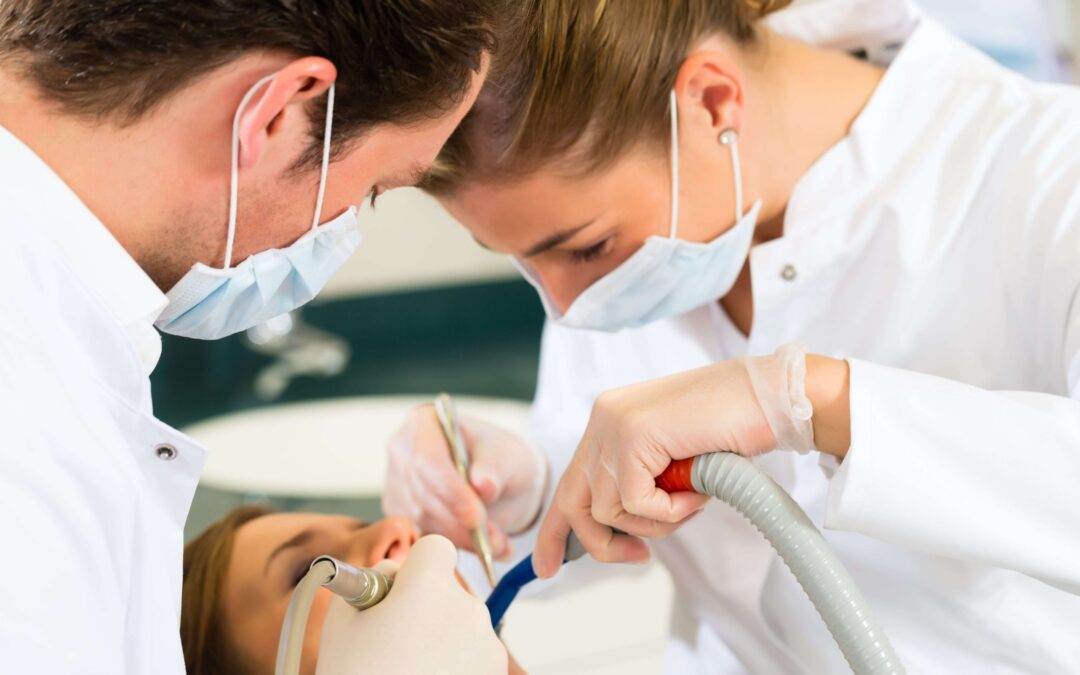A youthful and well-defined facial appearance is often associated with vitality, confidence, and beauty. As we age, however, our facial features can lose their firmness and volume, leading to sagging skin, deep lines, and less defined contours. One of the advanced cosmetic procedures designed to address these concerns is the Vector Facelift in Abu Dhabi. This innovative technique is tailored to enhance facial contours, providing a more rejuvenated and natural look. But how exactly does a vector facelift improve facial contours? Let’s explore this in detail.
Understanding Facial Aging and Contour Changes
The Natural Aging Process and Its Impact on Facial Structure
Facial aging is a complex process influenced by genetic, environmental, and lifestyle factors. Over time, the skin loses elasticity, underlying fat pads diminish, and bone density decreases, leading to a sagging appearance. These changes typically manifest as jowls, deep nasolabial folds, and loss of definition in the cheeks and jawline. Understanding these natural transformations helps in appreciating how a vector facelift can restore youthful contours effectively.
The Importance of Facial Contours in Aesthetics
Facial contours refer to the defined lines and shapes that outline the face, including the cheekbones, jawline, and neck. Well-contoured facial features are often perceived as attractive and balanced. When these contours become blurred due to aging or weight fluctuations, the face can appear tired or less vibrant. Enhancing facial contours through targeted procedures like the vector facelift can significantly improve overall facial harmony.
What Is a Vector Facelift?
Defining the Vector Facelift Technique
The Vector Facelift is a modern surgical approach that strategically lifts and repositions sagging tissues along specific vectors—directions that optimize facial rejuvenation. Unlike traditional facelifts, which may focus on broad lifting, the vector facelift emphasizes precise movement of tissues to restore natural contours. This technique involves meticulous planning of tissue vectors to achieve optimal elevation and support.
Key Principles Behind the Procedure
The core principle of the vector facelift is to follow the natural lines and directions in which facial tissues descend over time. By lifting tissues along these vectors, the procedure aims to counteract gravity’s effects, resulting in a more youthful and harmonized appearance. The focus is on enhancing the mid-face and jawline regions, which are critical in defining facial contours.
How Does a Vector Facelift Improve Facial Contours?
Targeted Lifting of Sagging Tissues
The primary way a vector facelift enhances facial contours is through the targeted lifting of sagging tissues. By repositioning the deeper layers of the face, the procedure restores volume and firmness where it has been lost. This lifting effect creates a sharper jawline, more prominent cheekbones, and smoother neck contours, resulting in a more sculpted appearance.
Repositioning of Muscles and Skin
Beyond lifting, the vector facelift involves tightening the underlying muscles and repositioning the skin. This comprehensive approach addresses both superficial and deep layers, providing a natural-looking lift. The repositioning of these tissues helps in smoothing out wrinkles and folds, further enhancing facial contours.
Restoration of Facial Volume
A significant aspect of contour improvement is restoring facial volume, which diminishes with age. The vector facelift can be combined with fat grafting or other volumizing techniques to replace lost fat pads. This combined approach results in a fuller, more youthful look with well-defined features.
Strategic Planning of Tissue Vectors
One of the distinguishing features of the vector facelift is the strategic planning of tissue vectors. Surgeons determine the optimal directions for lifting tissues based on individual facial anatomy. This personalized approach ensures that the contours are enhanced in a natural manner, avoiding a “pulled” or artificial appearance.
Enhancing the Jawline and Neck Contours
A well-executed vector facelift significantly improves jawline definition and neck contours. By lifting and tightening tissues in these regions, the procedure reduces the appearance of jowls and double chin, creating a sleek and elegant profile.
Benefits of a Vector Facelift for Facial Contours
Natural and Harmonized Results
The primary advantage of the vector facelift is achieving natural-looking results. By following the natural vectors of tissue descent, the procedure maintains facial harmony and avoids the “overdone” appearance often associated with traditional facelifts.
Longer-lasting Effects
Because the vector facelift targets the foundational tissues and employs precise tissue repositioning, the results tend to be more durable. This longevity ensures sustained improvement in facial contours over time.
Customized Approach for Every Patient
Each face is unique, and the vector facelift allows for customization based on individual anatomy and aesthetic goals. Surgeons tailor the vectors and techniques to enhance specific features, ensuring optimal results.
Minimally Invasive Techniques
Advancements in surgical methods have made the vector facelift less invasive with reduced recovery times. Smaller incisions, precise tissue handling, and advanced suturing techniques contribute to a smoother healing process.
The Procedure: What to Expect
Consultation and Planning
Before the procedure, a thorough consultation is essential to understand the patient’s goals and assess facial structure. Surgeons analyze the natural vectors of tissue descent and plan the lifting directions accordingly.
Surgical Process
During the surgery, incisions are carefully placed to access the underlying tissues. The surgeon lifts and repositions the tissues along predetermined vectors, tightening muscles and suturing tissues in their new positions. Excess skin is trimmed, and incisions are closed meticulously.
Recovery and Results
Post-surgery, patients typically experience swelling and bruising, which subside over time. With proper care, the results become apparent within a few weeks, revealing improved facial contours, sharper jawline, and a rejuvenated appearance.
Comparing Vector Facelift to Other Contouring Procedures
Traditional Facelift vs. Vector Facelift
While traditional facelifts focus on broad tissue tightening, the vector facelift emphasizes precise, vector-based tissue repositioning. This targeted approach often yields more natural and long-lasting contours.
Non-surgical Alternatives
Non-invasive treatments like fillers and thread lifts can enhance facial contours temporarily. However, for more significant and lasting improvements, the vector facelift remains the most effective surgical option.
Combining Procedures for Optimal Results
For comprehensive facial rejuvenation, the vector facelift can be combined with other procedures such as brow lifts or eyelid surgeries. These combined treatments further enhance overall facial harmony.
Post-Procedure Care and Maintenance
Recovery Tips
Following post-operative instructions is crucial for optimal healing. This includes managing swelling, avoiding strenuous activities, and maintaining head elevation.
Long-term Maintenance
Maintaining a healthy lifestyle, protecting skin from sun damage, and considering periodic touch-up treatments can prolong the benefits of a vector facelift.
Conclusion
The Vector Facelift Abu Dhabi offers a sophisticated approach to facial rejuvenation, specifically designed to improve facial contours by lifting and repositioning tissues along natural vectors. This technique restores definition to the jawline, enhances cheek prominence, and tightens the neck, resulting in a harmonious and youthful appearance. Its personalized, precise method ensures natural results that enhance individual beauty and boost confidence.






0 Comments